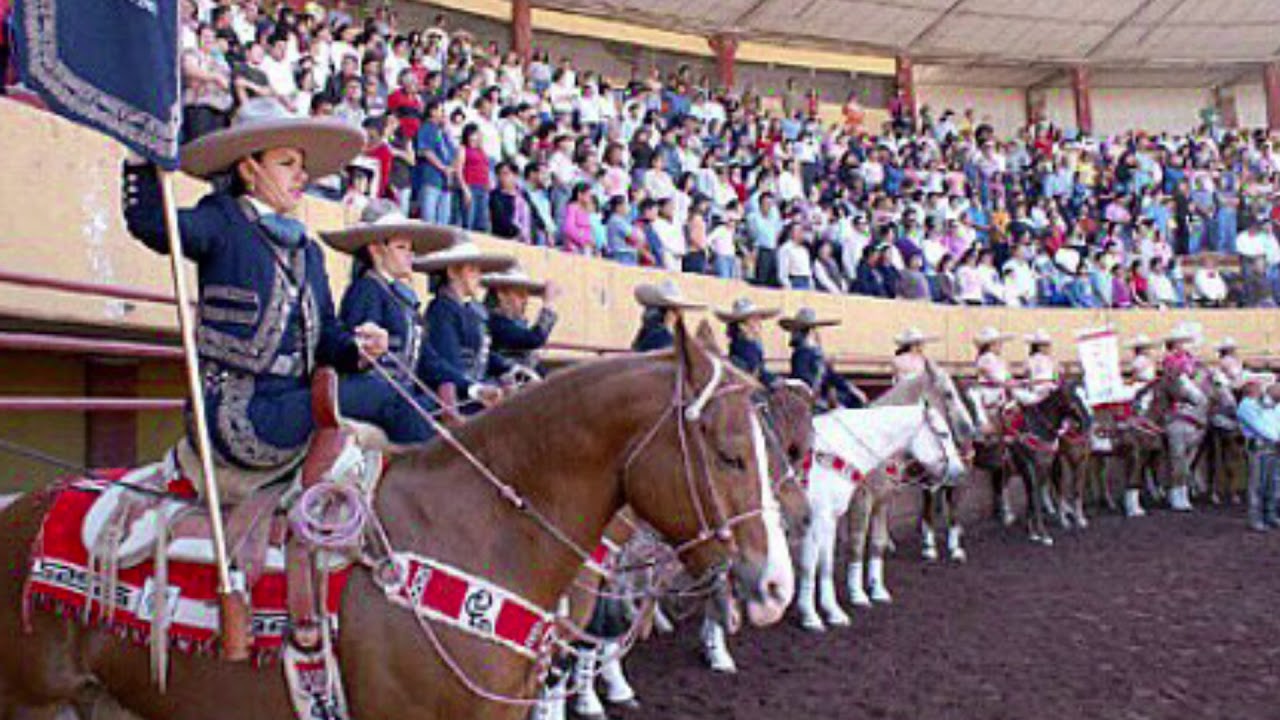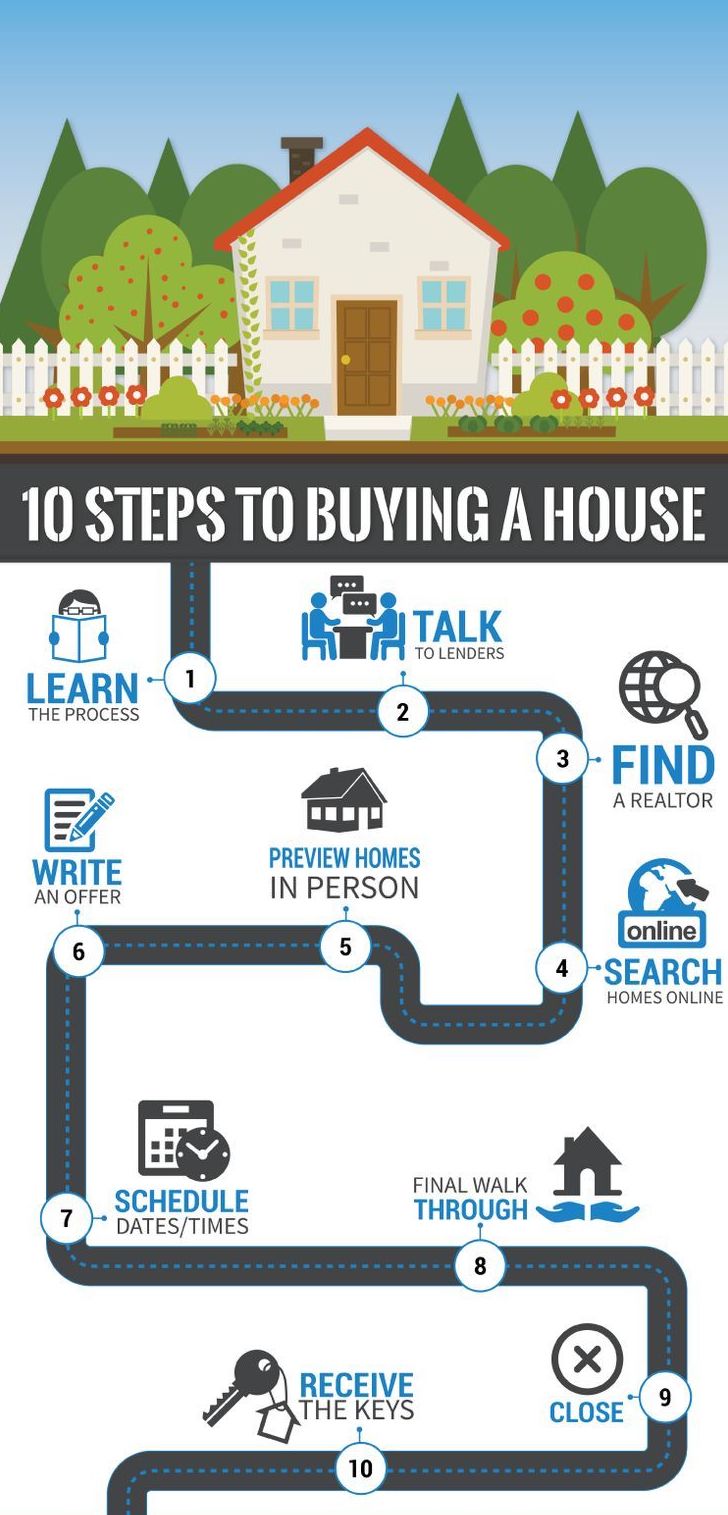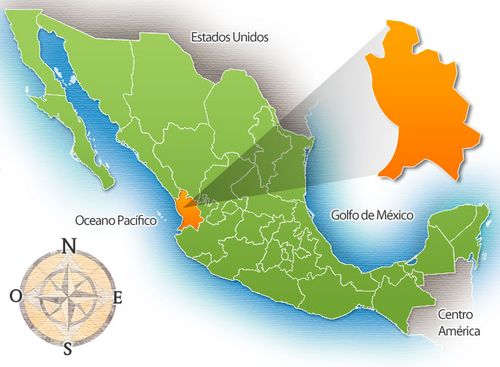5 SURPRISING Ways How Exercise Improves Blood Sugar | How to Lower A1C
CCMray • June 28, 2024 • 0 views
Watch: Curcumin and A1C
➡️ • How Turmeric Lowers Blood Glucose, A1...
Watch: Berberine and Glucose Control
➡️ • Berberine for Weight Loss | Thorne Be...
Watch: 5 Top Foods for Insulin Resistance
➡️ • 5 Top Foods for Insulin Resistance | ...
Watch: 4 Foods That Reduce Blood Sugar
➡️ • Foods That REDUCE Blood Sugar | Slow ...
Intermittent Fasting for Beginners
➡️ • Intermittent Fasting and Anti Aging |...
Timeline | Chapters
00:00 - Intro
0:30 - How Much Exercise?
1:03 - 1st Role of Exercise on Glucose
1:53 - 2nd Role of Exercise on Glucose
2:55 - 3rd Role of Exercise on Glucose
3:38 - 4th Role of Exercise on Glucose
4:53 - 5th Role of Exercise on Glucose
Importance of Exercise on Blood Sugar
The long term benefits of exercise on blood sugar and insulin are unquestionable. When you are active, your cells become more sensitive to insulin allowing them to work more efficiently But the ideal amount according to the ADA is at least 150 minutes of moderate-intensity physical activity, spread over at least 3 days with no more than 2 days between sessions.
How Much Exercise Per Week for Blood Sugar Control
Fit in at least 20 to 25 minutes of activity every day.
How does Exercise Lower Blood Sugar. GLUT4 and Exercise.
Exercise plays an A1c effect. The first is that it takes up excess glucose. Exercise triggers the uptake of glucose from the bloodstream into the working muscles and organs. This is why people with elevated blood sugar levels can benefit from walks right after meals. Because of the translocation of GLUT4. This will be mostly from strength training and resistance training that actively engages the muscles.
How does Exercise Lower Blood Sugar. Strength Training and Blood Sugar.
Think of muscle as a “sink” for glucose. The more muscle you have, the better your blood sugar control will be, as the muscles are able to take that sugar up from the blood and use it to create energy. You see, After you eat, 70 to 80 percent of the glucose in your body goes to your muscles. The lower your muscle mass is, the less capacity you have to clear the glucose from the bloodstream. The less youll be using the sink. The reverse is true too. The more muscle you maintain and take care of as you age, the more insulin receptors youll have, and can utilize glucose more effectively. Especially when it comes to aerobic activity.
How does Exercise Lower Blood Sugar. Role of Weight on Blood Sugar.
Losing just 5 to 10 percent of your body weight can improve your A1C. We all know that your nutrition is the main driver of weight, but its exercise that will allow you to reach greater outcomes.
Exercises for Visceral fat. How Does Exercise Lower A1C?
The abdominal fat region is a major player in the development of insulin resistance. These fat cells not only store energy but they can produce and release a host of chemicals and hormones that make it harder for the body to use insulin.
So a good way to mitigate this, is where HIIT comes in. 30–40 minutes of high intensity resistance training will help to conserve muscle by preventing the shift of calories contained in the muscle to fat.
Stress and Blood Sugar
Exercise reduces the body’s fight-or-flight response to stress, which in turn decreases blood sugars.
And some of my tips for starting off would be: If 150 minutes per week seems like a lot, start with a goal of 45 minutes of exercise for the week, then 60, then 75, and continue until you stay at 150.
Also another tip, is to Start with low-impact exercise, especially if you have nerve damage. Examples are like Stationary cycling and swimming, which can be a great way to still get the benefits, even if you have diabetic neuropathy.
DISCLAIMER:
This video is for information only and should not be used for the diagnosis or treatment of medical conditions. Dr. Arsalan Aspires has used all reasonable care in compiling the information but make no warranty as to its accuracy. Always consult a doctor or other healthcare professional for diagnosis and treatment of medical conditions.
➡️ • How Turmeric Lowers Blood Glucose, A1...
Watch: Berberine and Glucose Control
➡️ • Berberine for Weight Loss | Thorne Be...
Watch: 5 Top Foods for Insulin Resistance
➡️ • 5 Top Foods for Insulin Resistance | ...
Watch: 4 Foods That Reduce Blood Sugar
➡️ • Foods That REDUCE Blood Sugar | Slow ...
Intermittent Fasting for Beginners
➡️ • Intermittent Fasting and Anti Aging |...
Timeline | Chapters
00:00 - Intro
0:30 - How Much Exercise?
1:03 - 1st Role of Exercise on Glucose
1:53 - 2nd Role of Exercise on Glucose
2:55 - 3rd Role of Exercise on Glucose
3:38 - 4th Role of Exercise on Glucose
4:53 - 5th Role of Exercise on Glucose
Importance of Exercise on Blood Sugar
The long term benefits of exercise on blood sugar and insulin are unquestionable. When you are active, your cells become more sensitive to insulin allowing them to work more efficiently But the ideal amount according to the ADA is at least 150 minutes of moderate-intensity physical activity, spread over at least 3 days with no more than 2 days between sessions.
How Much Exercise Per Week for Blood Sugar Control
Fit in at least 20 to 25 minutes of activity every day.
How does Exercise Lower Blood Sugar. GLUT4 and Exercise.
Exercise plays an A1c effect. The first is that it takes up excess glucose. Exercise triggers the uptake of glucose from the bloodstream into the working muscles and organs. This is why people with elevated blood sugar levels can benefit from walks right after meals. Because of the translocation of GLUT4. This will be mostly from strength training and resistance training that actively engages the muscles.
How does Exercise Lower Blood Sugar. Strength Training and Blood Sugar.
Think of muscle as a “sink” for glucose. The more muscle you have, the better your blood sugar control will be, as the muscles are able to take that sugar up from the blood and use it to create energy. You see, After you eat, 70 to 80 percent of the glucose in your body goes to your muscles. The lower your muscle mass is, the less capacity you have to clear the glucose from the bloodstream. The less youll be using the sink. The reverse is true too. The more muscle you maintain and take care of as you age, the more insulin receptors youll have, and can utilize glucose more effectively. Especially when it comes to aerobic activity.
How does Exercise Lower Blood Sugar. Role of Weight on Blood Sugar.
Losing just 5 to 10 percent of your body weight can improve your A1C. We all know that your nutrition is the main driver of weight, but its exercise that will allow you to reach greater outcomes.
Exercises for Visceral fat. How Does Exercise Lower A1C?
The abdominal fat region is a major player in the development of insulin resistance. These fat cells not only store energy but they can produce and release a host of chemicals and hormones that make it harder for the body to use insulin.
So a good way to mitigate this, is where HIIT comes in. 30–40 minutes of high intensity resistance training will help to conserve muscle by preventing the shift of calories contained in the muscle to fat.
Stress and Blood Sugar
Exercise reduces the body’s fight-or-flight response to stress, which in turn decreases blood sugars.
And some of my tips for starting off would be: If 150 minutes per week seems like a lot, start with a goal of 45 minutes of exercise for the week, then 60, then 75, and continue until you stay at 150.
Also another tip, is to Start with low-impact exercise, especially if you have nerve damage. Examples are like Stationary cycling and swimming, which can be a great way to still get the benefits, even if you have diabetic neuropathy.
DISCLAIMER:
This video is for information only and should not be used for the diagnosis or treatment of medical conditions. Dr. Arsalan Aspires has used all reasonable care in compiling the information but make no warranty as to its accuracy. Always consult a doctor or other healthcare professional for diagnosis and treatment of medical conditions.

























